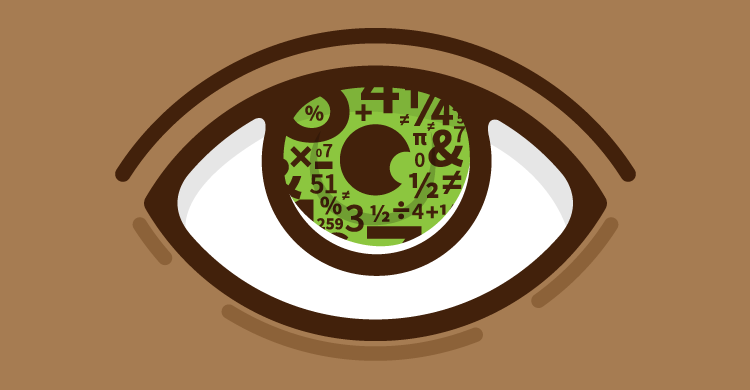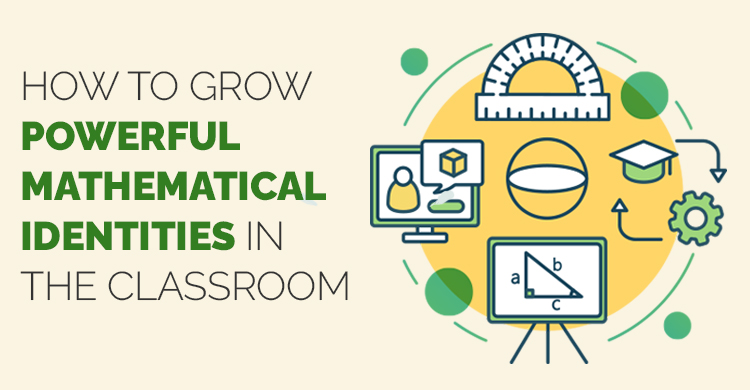The world of a student is a visual world. Instagram, Twitter, and Snapchat (just to name a few) encourage the use of selfies, photos, and emoticons to describe real time events, capture moments, and share experiences and thoughts immediately with one another. Today’s students use a quick picture to describe an event, and these sometimes tell a more complete story than words on paper or on a screen. If students tell stories and learn through visuals, what are the selfies, pictures, and emoticons of mathematics?
- How would a student stage a photo to describe their understanding of mathematics?
- How can students make sense of what they are learning by “seeing” it?
What would a student mathematician selfie look like?
Consider Jamie, a student struggling to learn how to add fractions in fifth grade. How does she see herself as a mathematician? Suppose she chooses to stage a picture of her thoughtfully solving a puzzle to describe her feelings. Suppose she chooses to stage a picture of defeat or utter frustration with a frazzled expression. Each one gives insight into her growth mindset and perseverance.
Students are often asked to reflect on their learning using learning targets – what if they use a picture for part of that reflection? If “a picture is worth a thousand words,” imagine the reflections students could share and even journal over time to measure growth.
What does it mean to “see” mathematics?
In a world communicating through visual images, how do students “see” the mathematics they are learning?
In one Algebra 2 classroom I recently visited, a teacher dutifully taught students how to find the inverse of a function by “switching the x’s and y’s and solving for y.” Students mimicked the algorithm with various functions and created inverses. Conveniently, the domain of the inverse function never needed to be considered due to the nature of the linear functions originally selected for every problem. Not one student I asked, however, could explain what they were really doing and why the algorithm was a justifiable way to answer each question.
Suppose instead the Algebra 2 teacher showed tables of values and graphs of functions and their inverses on the same coordinate plane. Students could then look at each, notice patterns related to the graphs being reflections of one another over the line y = x and the coordinates for x and y reversed in the tables. When they build functions or equations for each they begin to see the relationship between the two: f(x) = x + 5 and f-1(x) = x – 5. Now students not only more fully understand inverse functions, but also have multiple strategies to use when creating an inverse function and do not need to memorize an algorithm. Further, they can also use this to explore restricted domains.
In middle school, consider how students can see proportional relationships. Perhaps they explore building ratios through a table and a linear graph. Suppose they draw 3 blue dots and 2 red dots to show the ratio 3 : 2 and then grow the sets to show equivalent ratios using 6 blue dots and 4 red dots, etc. Students can use this reasoning to solve a proportion before ever being shown an algorithm and, in fact, may even generate an algorithm to use through the process.
In elementary school, consider how can intermediate students see how to find the product of a two-digit number and a three-digit number using an area model. In the primary grades, consider how students can use base ten blocks to add and subtract numbers. Questions can be posed prior to any algorithm being introduced and students can use their knowledge of the visual model to document a justifiable solution.
Students capture images to represent their learning and experiences.
- Think about Jamie. What might be the social media tweets and posts related to feelings about learning from each of your students?
- Think about your next unit. How might students see the mathematics they are learning to make sense of it?
Imagine how we can work together to maximize the learning of students through visuals and create a community of students who truly see mathematics and eagerly share that vision with others. Let’s get started…
[author_bio id=”354″]






